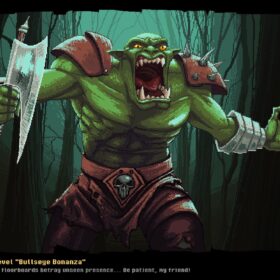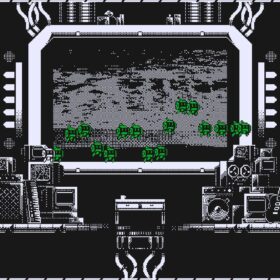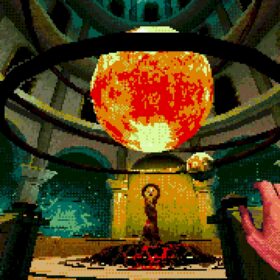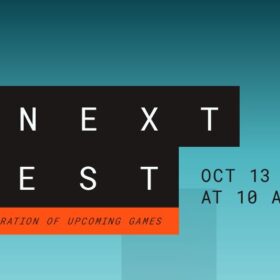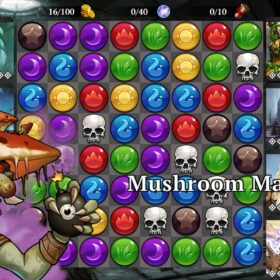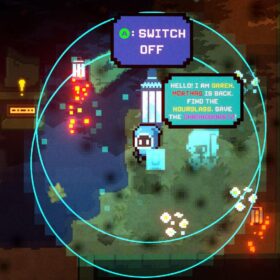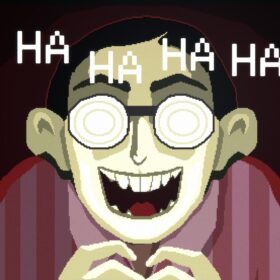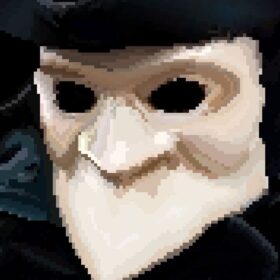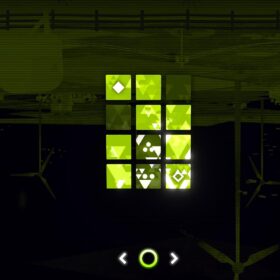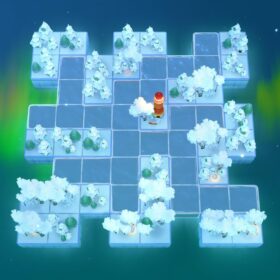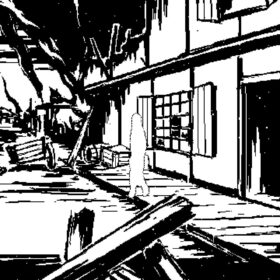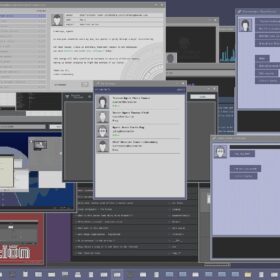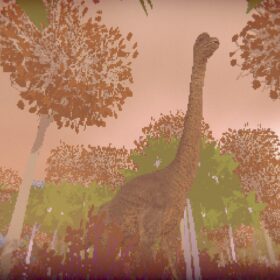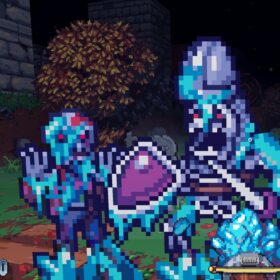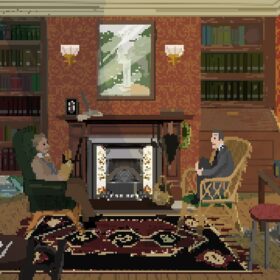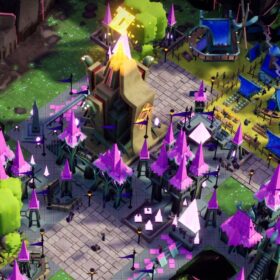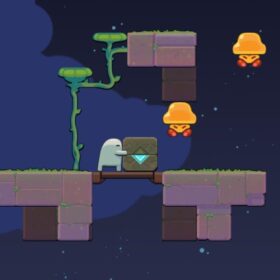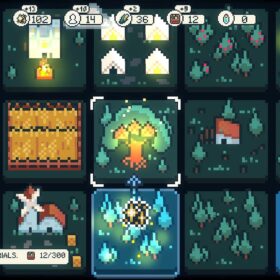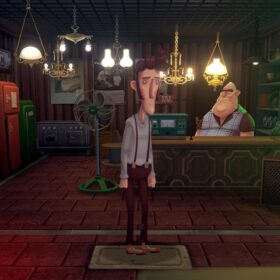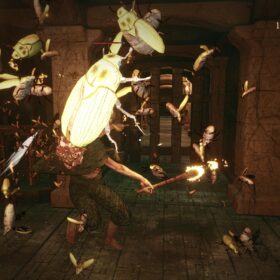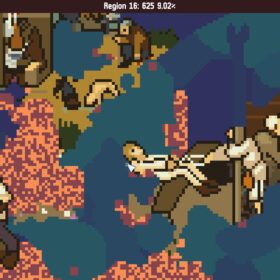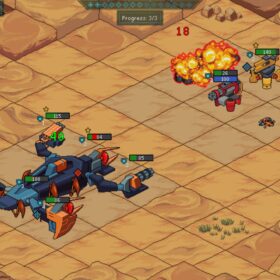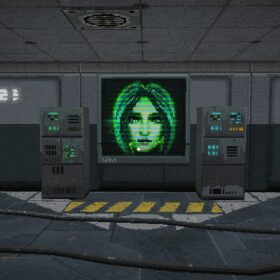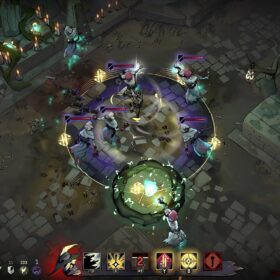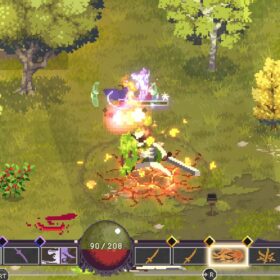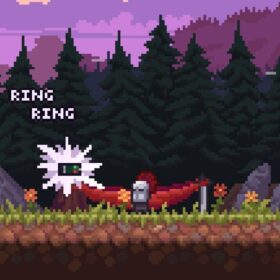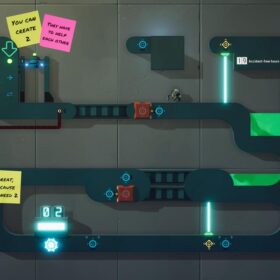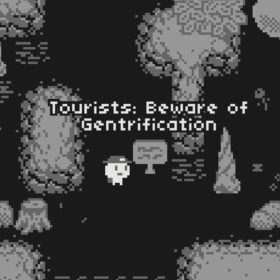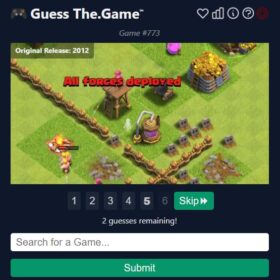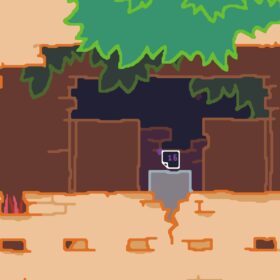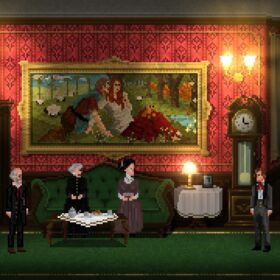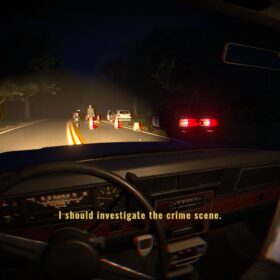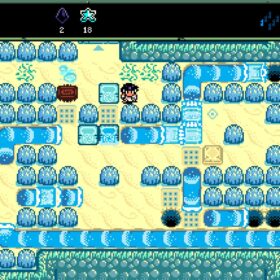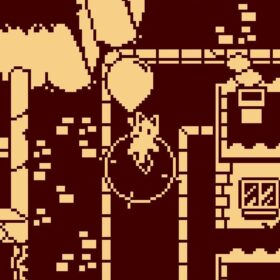
PC, Mac, Linux
One of my favourite aspects of writing Buried Treasure is that this isn’t about graphing excellence, it’s about finding games that interest me, and therefore hopefully interest you. Don’t Forget Me is such a good example of this. It’s a game that’s flawed in a number of ways, with its disjointed story, not-quite-there mechanics, and somewhat muddled controls. But it’s also a game that I find incredibly interesting, and that I’m really glad to have played.
However, it’s also one that unavoidably hits the sticky issue of price. Gosh I wish this weren’t a thing to bring up so often, and how I wish that indie games could still slap on the formerly ubiquitous $20 price tag and everyone shrugged and accepted it as the price of entry. But the reality is, Don’t Forget Me is a two to three hour game, and £11/$15 is now, unavoidably, a lot for something so brief. Caveats, caveats. But let’s talk about why it’s interesting.
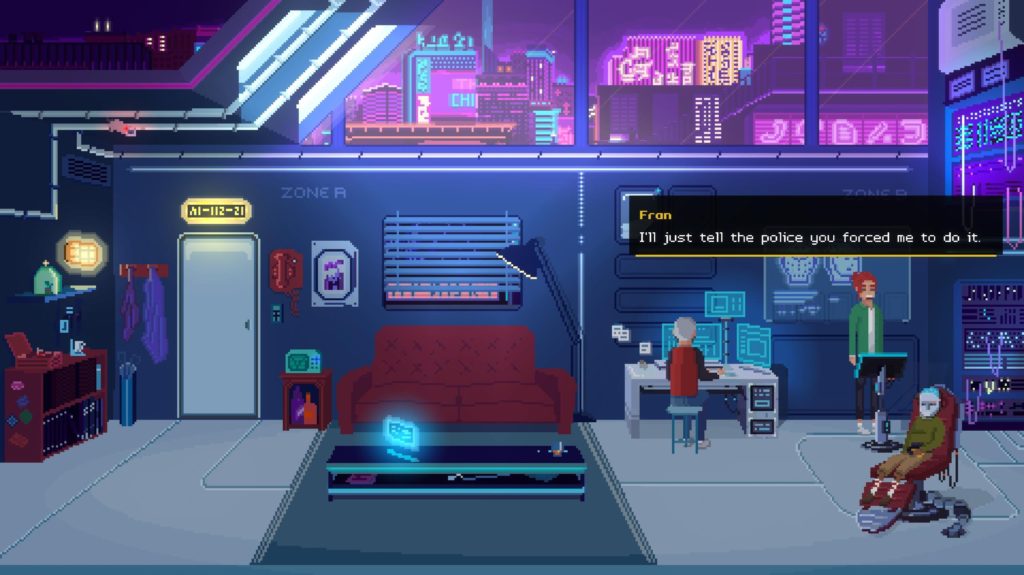
Looking a lot like a pixel point-and-click adventure, it definitely isn’t. Play it a moment and you’ll think, “Ah, it’s a puzzle game!” But it isn’t that either. Don’t Forget Me is primarily a visual novel, with a very few moments where you directly control your character, and a few puzzles scattered as you go. Accepting this from the start is a healthy approach – it’s here to tell you a story, rather than deliver either of the genres it semiotically flags. A story about a future where humans have a mandatory chip in their brains, ostensibly to store memories.
Bernard is a computer programmer who’s figured out a way to copy those memories onto external storage devices, and is running an underground, illegal clinic in which he offers this service. And in the first element that made me really warm to this game, he’s doing so despite there currently being no way to read memories off of such storage. Comparing it to cryogenically freezing oneself, the idea is that people can back up special memories, in the hopes that one day the technology will be developed to allow future generations to share them.
One day a young woman called Fran shows up right outside his office, her memory mostly gone, and it’s her we play as. Bernard offers her a couch to sleep on, and trains her to use the equipment to assist him in his memory back-ups. To do this, it sometimes involves finding keywords in someone’s memories that open up new “bubbles” of memory for Bernard to observe, chasing down keywords in interconnecting bubbles until the far right of the diagram is reached. So there’s your core game, right?! Wrong. It does this about three times.
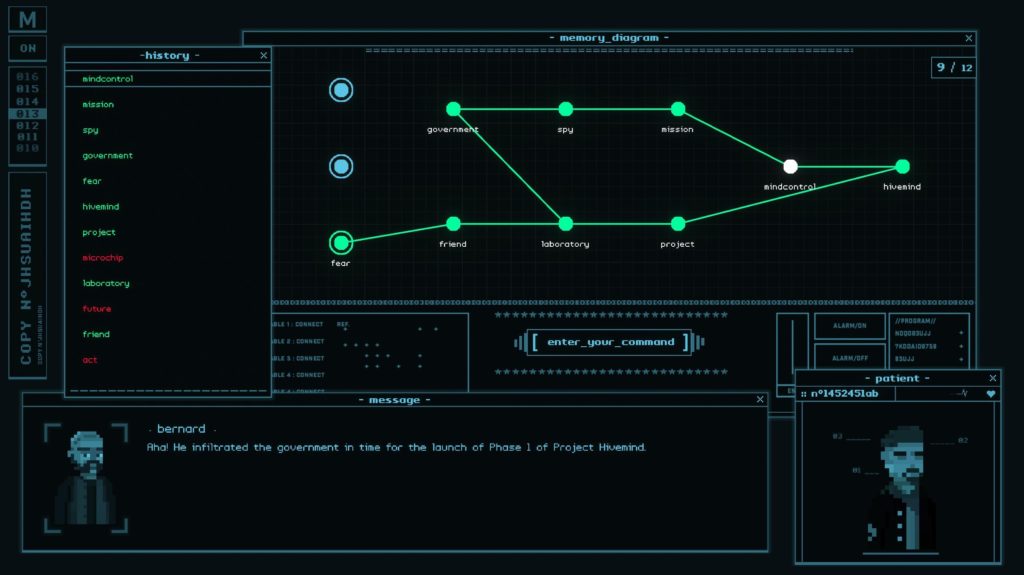
More characters start showing up, and the story develops into a full-blown global conspiracy of mind controlling governments, and you get to make some stark choices in terms of whether you’ll help characters who show up or not. Soon new tech is added, and you can go into visual representations of clients’ memories, searching more point-n-click like around a location for clues. Except, well, you may only do that once. Twice at most.
It’s a peculiar thing. If the word-guessing puzzles had been better developed, made more coherent and less reliant on wild guessing, they could have become a whole game conceit on their own. I love the idea of typing in keywords to unlock memories – heck, this could have been brilliant if it had relied on asking players to go do real world research too. But instead it’s an undercooked thing that only happens a few times. I love that you get to make bold plot choices, but very disappointingly the game’s final choices – ones that have massive implications for the future of the world – all end the same way: credits. It’s left to your imagination how it plays out differently after you make a dialogue choice, which is unquestionably a massive cop-out. Well wouldn’t you know it, just as I was about to publish this, an update arrived adding cutscene endings based on each final choice! Not very good ones, but they listened to feedback.
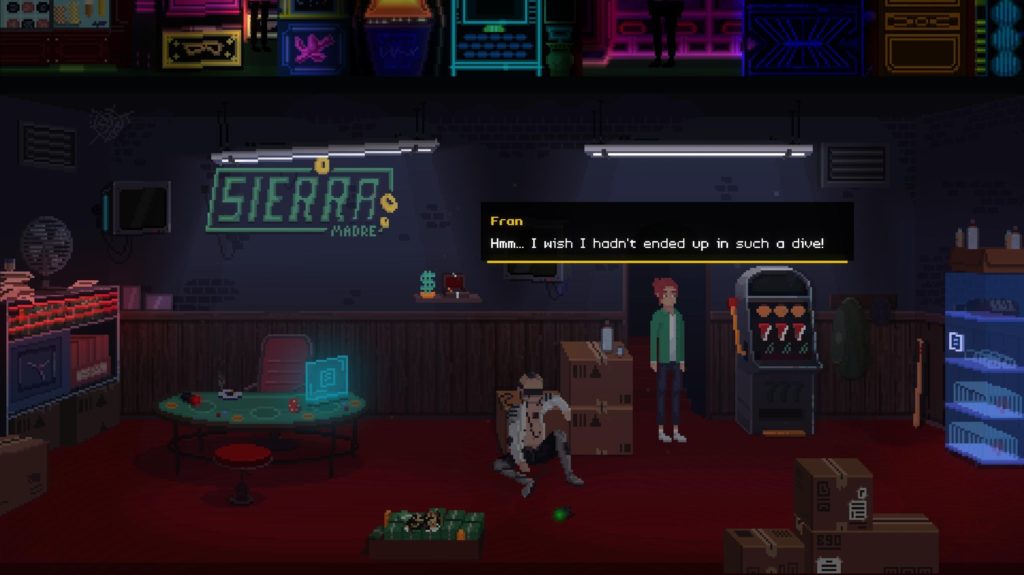
Yet, I love that it tried. I love that this is so determinedly its own thing. Even if it would almost certainly have been better if it had embellished any of its elements into something more established, there’s something just outright interesting about the way it doesn’t. Accepted as a visual novel, this makes far more sense, not least the absolutely bizarre way that only on a handful of occasions do you get to directly control Fran. And then, when you do, it’s entirely on the keyboard (or controller, but then you’d still need a keyboard for the typing). There’s no mouse control, which is downright weird.
I’m not doing a good job of selling this, because if you held a water pistol to my head and demanded I tell you if this is worth getting, I’d have to get shot. I can’t deny how interesting I found it to play, not just because I liked its haphazard plot, but because of just how strangely constructed it all is. The choices you make have real effects on the game you play, enough that you can go back and play through again for a very different experience. And, rather excellently, there’s a feature that lets you jump back in to any path you previously found, make bespoke choices up to that moment, and then carry on playing from that point to see how a situation can play out differently! That’s excellent. Also I loved the pixel art, but then, that’s most games these days.
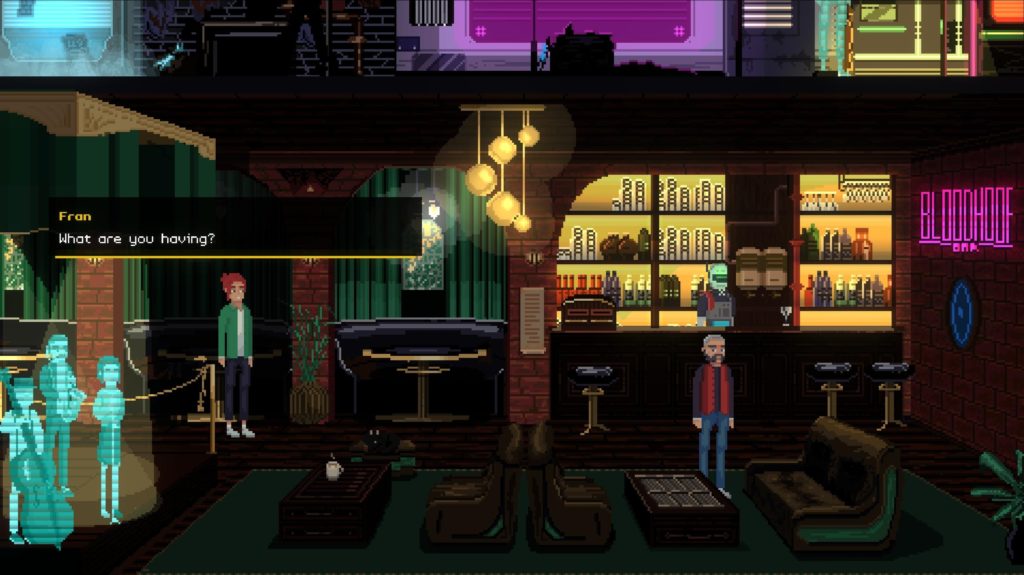
I hope developers The Moon Pirates have the sense to halve the price of this one. I don’t imagine they’re going to sell many copies if they don’t. And like I’ve made abundantly clear, it’s not good in lots of different ways! But that’s the joy of Buried Treasure – I get to tell you what’s interesting.
All Buried Treasure articles are funded by Patreon backers. If you want to see more reviews of great indie games, please consider backing this project.



